TW: This article discusses sexual violence, caste-based exploitation, and institutional complicity.
Why now? Why did the guilt surface after twenty years? Is it always the case that when women go missing, their absence rarely registers as loss? If not, then why didn’t anyone notice this? Why was there no news coverage? Was it stigma, shame, or just indifference? In a handwritten letter dated June 3 and later submitted to the police, a Dalit worker recounted chilling accounts of sexual violence and mass burials linked to a powerful temple institution.
He claimed that, for years, he was forced to bury the bodies of women, many of them brutalised. But rather than focusing only on him or his testimony, we must confront the deeper structures that enabled such violence. The caste-based division of labour, the invisibilisation of marginalised bodies, and the complicity of religious and state institutions remain deeply embedded in Indian society.
Sexual violence and casteed patriarchy
Sexual violence in India is a profoundly casteed and gendered phenomenon. As Uma Chakravarti notes, caste patriarchy operates through the control of women’s sexuality, often legitimising violence when it moves downward along caste hierarchies. While the identities of the victims in the Dharmasthala case have not been officially confirmed, the complete lack of social visibility, media coverage, or institutional response suggests that they were not perceived as lives worth protecting.
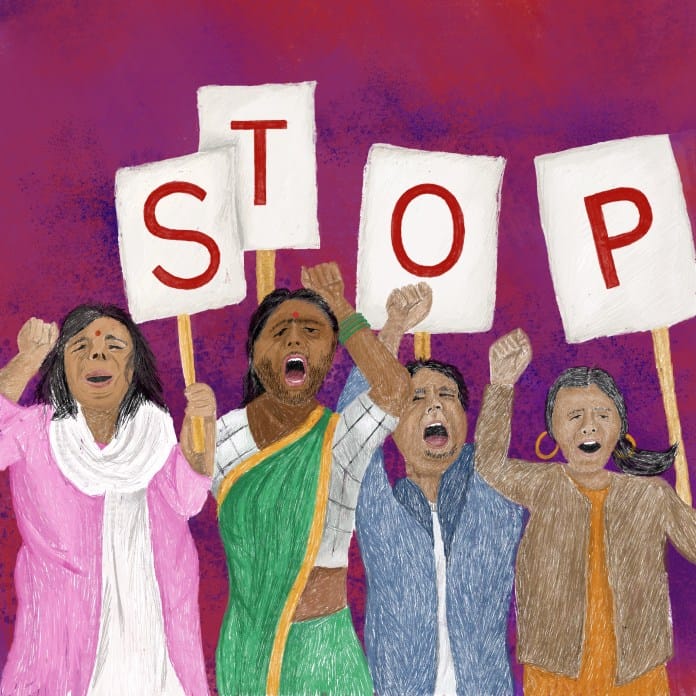
What Judith Butler describes as the ‘differential grievability of lives‘ becomes disturbingly evident here. These women were never publicly recognised as lives that mattered, and so their deaths failed to register as loss.
Scholars have long pointed out that violence against women in India is rarely acknowledged as the product of structural inequality. Instead, public discourse often resorts to victim-blaming or frames such violence as a result of individual deviance or moral failure. However, caste, gender, religion, and social norms are deeply embedded in the Indian society, and these intersecting structures operate together to produce and enable what must be recognised as structural violence.
Casteed labour, dirty work, and the sanitised temple economy
Labour involving bodily waste, excreta, or the dead has long been relegated to those communities who are excluded from the four-fold varna system. Despite legal prohibitions against untouchability and manual scavenging, Dalits, in India, remain overrepresented in the most dehumanising, stigmatised, and precarious forms of labour.
The sanitation worker in the Dharmasthala case belongs to this structural arrangement, where caste determines the allocation of what sociologists’ call “dirty work.” This form of labour is both physically taxing and symbolically degrading. Gopal Guru describes this as an ‘experience of humiliation,’ where the caste-marked body is rendered essential to the functioning of institutions yet stripped of social recognition. The Dalit worker becomes hyper-visible in utility but invisible in personhood. His testimony of being made to bury bodies over two decades embodies a caste economy that exploits and shames at the same time.
The Dalit worker becomes hyper-visible in utility but invisible in personhood. His testimony of being made to bury bodies over two decades embodies a caste economy that exploits and shames at the same time
The stigma of “tainted” work attaches not just to the task but to the worker’s very identity. As documented in Cleaning Human Waste (Human Rights Watch, 2014), sanitation workers face social exclusion and psychological harm alongside material exploitation. Scholars like Beech have shown that those in stigmatised occupations often perform ‘identity work‘ to assign dignity and meaning to their roles. Yet in contexts like Dharmasthala, these efforts are persistently undermined.
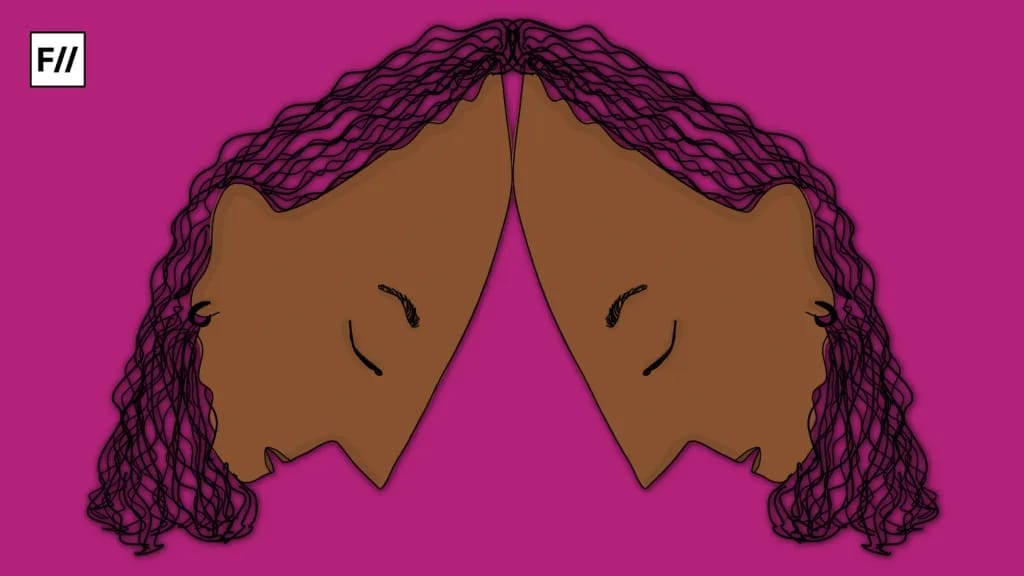
Despite performing essential labour, the complainant was employed on a contractual basis. This outsourcing model allows powerful institutions to distance themselves from legal and ethical responsibility. As Bapuji and Chrispal note, neoliberal reforms do not dismantle caste or class hierarchies. Rather, they obscure them under layers of informality.
This enables institutions to benefit from exploitative labour while avoiding scrutiny. The sanitation worker’s prolonged silence, in this context, must be seen as shaped by the deep insecurities of contractual employment, caste-based stigma, and the fear of institutional retaliation. His employment outside formal protections left him structurally disempowered, with limited avenues to speak out without risking livelihood or safety. In this arrangement, the state’s failure to regulate informal work structures becomes an active mechanism through which caste-based exploitation is normalised and sustained.
Religion, respectability, and repression
One of the most striking aspects of the case is the silence surrounding it for nearly twenty years. Religious institutions like the Dharmasthala temple occupy a position of immense cultural and moral authority, especially in the southern states. The Heggade family, hereditary administrators of the temple, have long held sway in both religious and political domains. This moral capital translates into symbolic power, what Bourdieu would call symbolic violence, allowing certain truths to be denied, dismissed, or disbelieved altogether.
The prolonged silence from local authorities, police, and mainstream media raises urgent questions about institutional complicity.
The prolonged silence from local authorities, police, and mainstream media raises urgent questions about institutional complicity. Feminist scholars such as Sharmila Rege have shown that when those accused of violence belong to powerful or respected institutions, especially religious ones, there is often a concerted effort to suppress dissent and shield reputations. In this case, the absence of scrutiny appears as a deliberate act produced through threats, neglect, and control over narrative spaces.
Such patterns of silence reflect a broader socio-cultural framework in which caste, gender, religion, and power converge to obscure certain forms of violence. Historical practices like the devadasi system, though legally banned, expose how religious and social respectability can be weaponised to mask the exploitation of women. Even without confirmed details about the victims in this case, the lack of outrage or recognition points to a larger societal tendency to overlook gender-based violence, particularly when it implicates revered institutions.
Towards feminist and anti-caste accountability
What would justice look like in a case like this? Certainly, it must go beyond prosecution. Feminist scholars have long argued that violence is structural and it emerges from entrenched systems of caste, patriarchy, and institutional impunity. This case reaffirms that caste is not a historical remnant. Instead, it sustains gender-based violence through intersecting hierarchies of labour, respectability, and power, particularly when embedded in religious institutions.
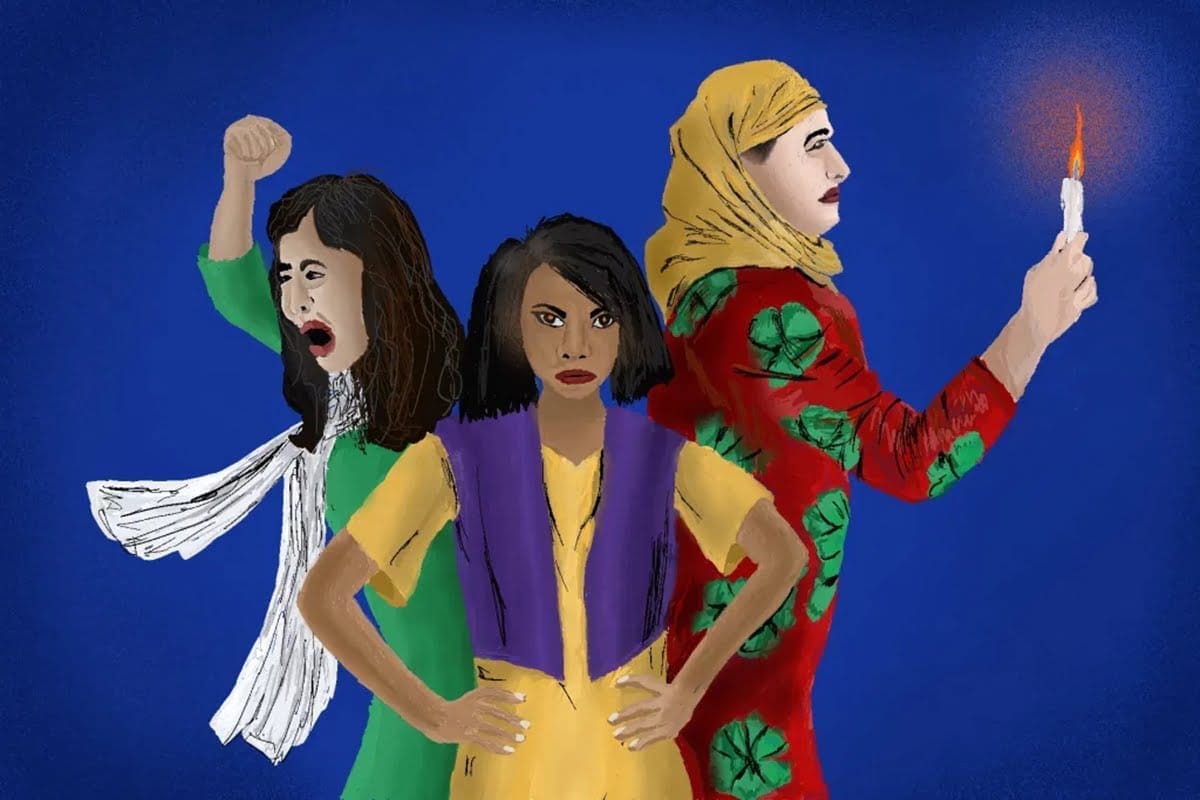
Mainstream discussions on gender justice often fail to recognise how patriarchy is shaped by caste, leading to unequal visibility, protection, and acknowledgement of suffering. Addressing sexual violence requires moving beyond isolated incidents to confront the broader systems that legitimise and obscure such harm. Caste, religion, and tradition continue to uphold structures in which the exploitation of marginalised women is rendered socially acceptable. True accountability must involve dismantling the systems that allow it to persist.

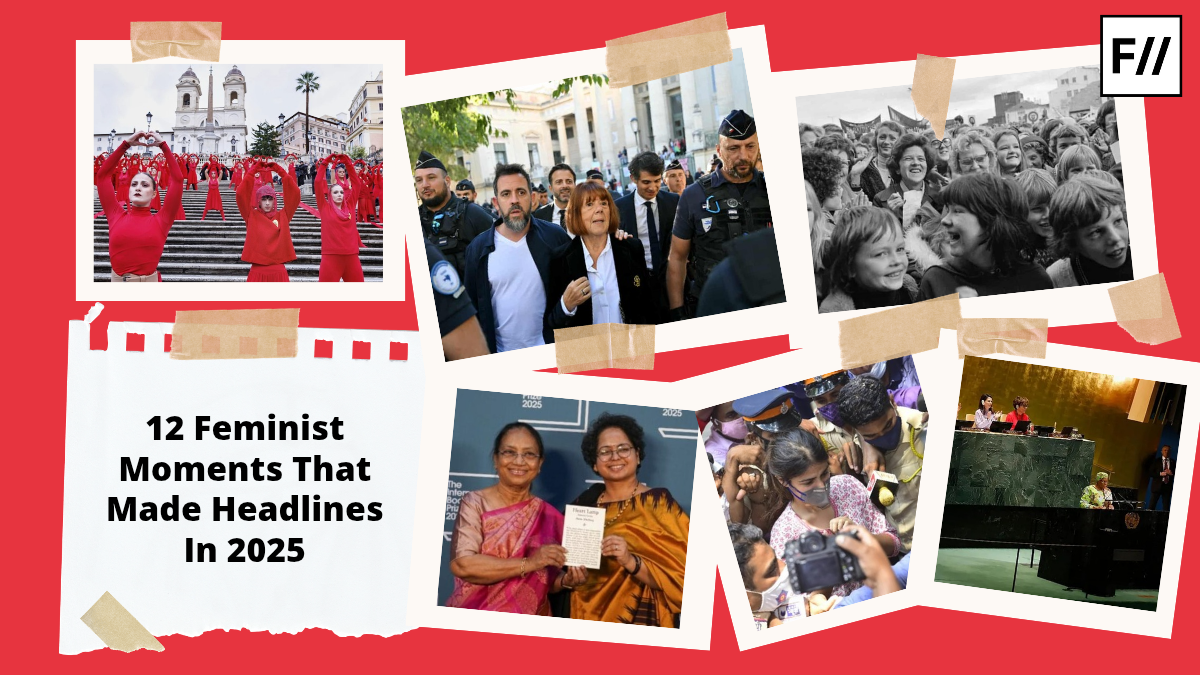
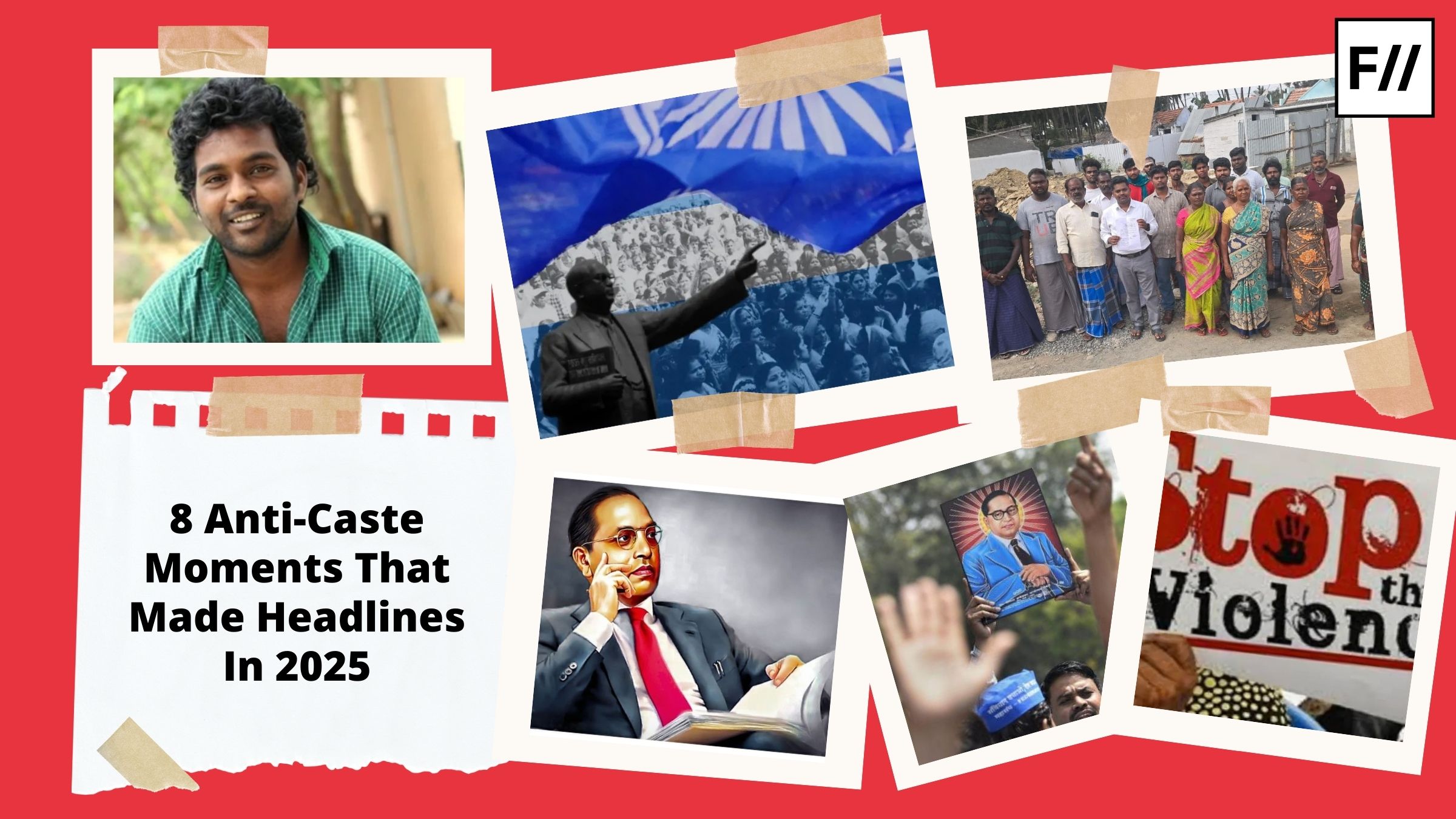
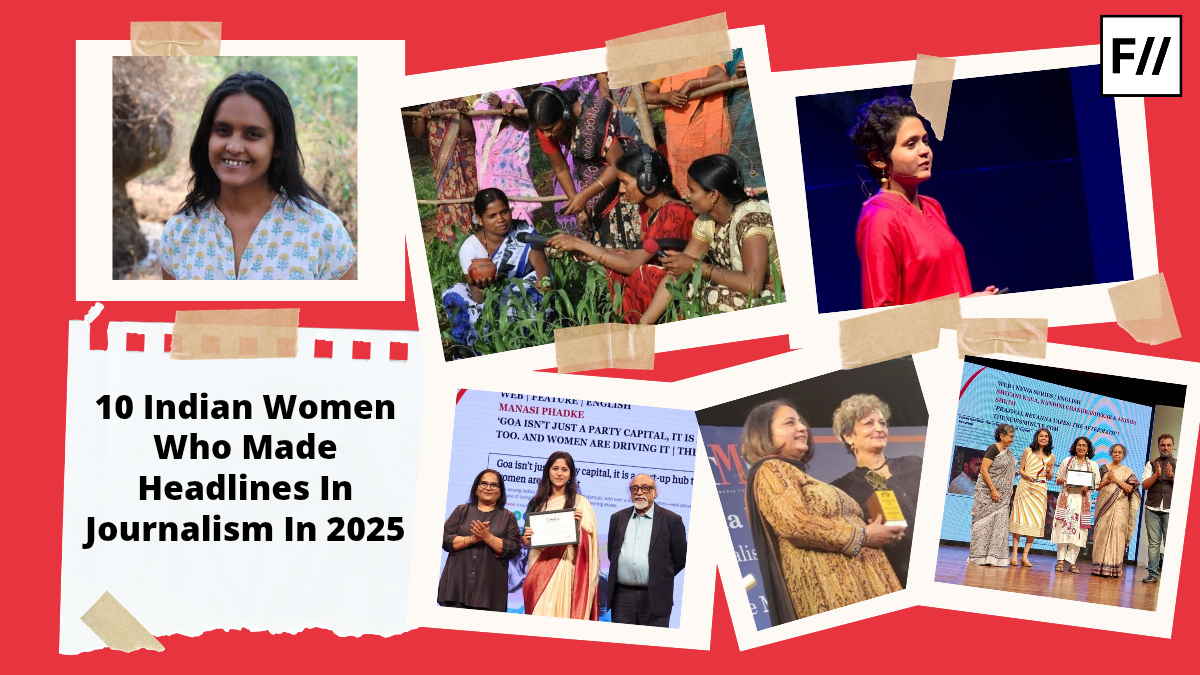

This is why religion and casteism have to be talked about in feminist discourse. One cannot dream of an equitable society without intersectionality. Women, especially, need to stop defending every aspect of religion and see things for what they are. Thank you for this well-researched article.